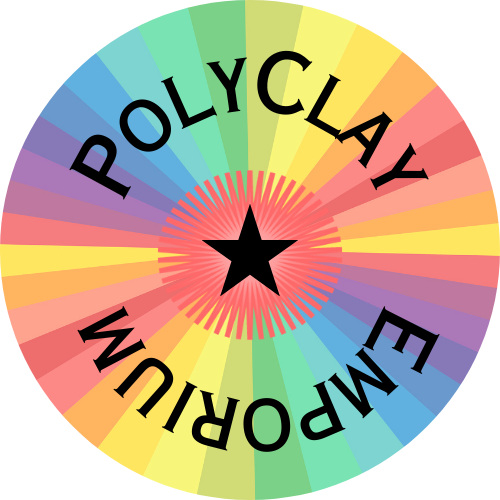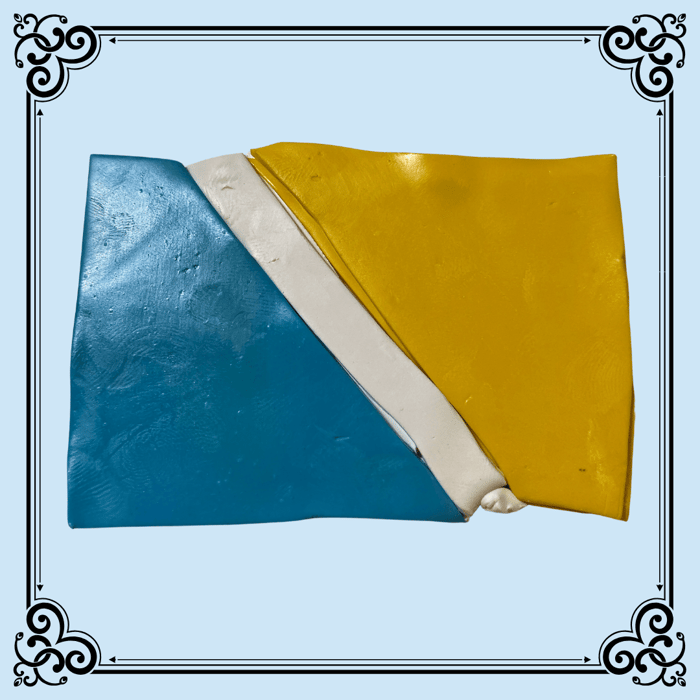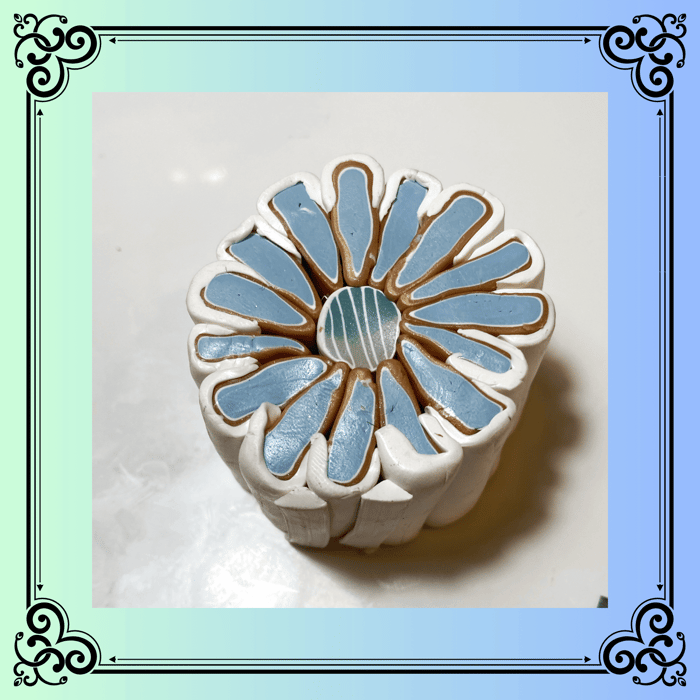When I first dipped my hands into the world of polymer clay, learning to make a Skinner Blend felt like pure magic. Picture this: equal parts of two colors, a slightly staggered rectangle, through the pasta machine again and again. Oh, my delight! That fabulous transition from one color to another emerged, and I couldn't believe my own eyes. I had created something truly beautiful!
But I didn't stop there, darling. I became a Skinner Blend aficionado, discovering nuances and delightful variations beyond the classic approach. Rough lumps of clay transformed into gorgeous gradients after a mere 20-30 passes through the pasta machine. What a fabulous way to use those pesky leftover scraps!
The more I explored, the more enchanting it became. Tutorials opened up a world of possibilities, each promising a unique twist on the blend. Yet, the myriad of methods left me pondering—how could I actually predict the outcome based on my starting colors and proportions?
Oh, the snags I encountered! Sometimes, one polymer clay color would dominate so fiercely that the other became a mere whisper. Other times, the blend turned into an unappealing mud shade or an overwhelming in-between hue.
Determined to conquer these challenges, I embarked on a series of systematic experiments. My goal? To create a repertoire of specific Skinner variations that deliver reliable, delightful results. And my friend,, I am delighted to share these findings with you, sparing you the trials and tribulations!
Skinner Experiment #1:
Ever wondered what happens if you add a narrow strip of white clay between two colors of polymer clay? Let's explore!
Here on the left is the setup for a classic Skinner blend of Sculpey Premo Sunshine and Turquoise. The set with an added white strip is on the right.
Here are the two results together. On the top is the classic blend, producing a pleasing array of greens between the yellow and blue. The bottom clay slab has the added white. Which one tickles your fancy?
While the preferred blend often depends on its intended use, I must say, the version with the white diagonal steals my heart. The greens are lighter, the transition more gradual, and the yellow and blue more pronounced and distinct. I like seeing more visible color in the blend. Overall, it’s brighter and better defined. I’ll definitely experiment more with adding white strips!
Skinner Experiment #2.
Let’s try another delightful duo, deep red and orange polymer clay(Sculpey Premo Alizarin Crimson and Pumpkin). Here they are, poised for the classic skinner blend.
The result? Lovely colors and a charming transition, deep and dark, almost brooding—like an old-fashioned library room with deep, comfy brown and dark red leather club chairs, and leather-bound books on the shelves. Simply alluring!!
Now, with the white diagonal added.
And here are the results together. No obvious trace of the white, but you can see the enchanting gradations of pumpkin and crimson. It's like a cozy autumn evening, warm and rich, inviting you to savor every detail.
Skinner Experiment #3
I then created a third pumpkin-red variation with a stripe of Sculpey Soufflé Mandarin nestled between the two colors. Since the crimson is such a strong, dominant hue, I eased it back, letting the pumpkin shine more vibrantly. Simply delightful!
Here are the three pumpkin-crimson blends. The classic Skinner blend graces the top, the one with the added white central stripe sits in the middle, and the blend with the Mandarin stripe dazzles at the bottom. Three delightful variations from a base of deep red and orange. Which one enchants you the most?

There are endless ways to manipulate these fabulous color blends. My key will be practicing enough to envision the results before diving in. This way, I can bring the color blends of my imagination to life without wasting precious clay on experiments.
Do you find this kind of playful experimentation helpful? I certainly do! Stay tuned, as I'll share more delightful
Skinner blend variations soon. What type of Skinner blend will you try next?
Happy blending, my artistic friends! 🌟
Related posts that might interest you:
A Bohemian Approach to Polymer Clay Ombre Blends
The Art of Color Pairing: Emotions




